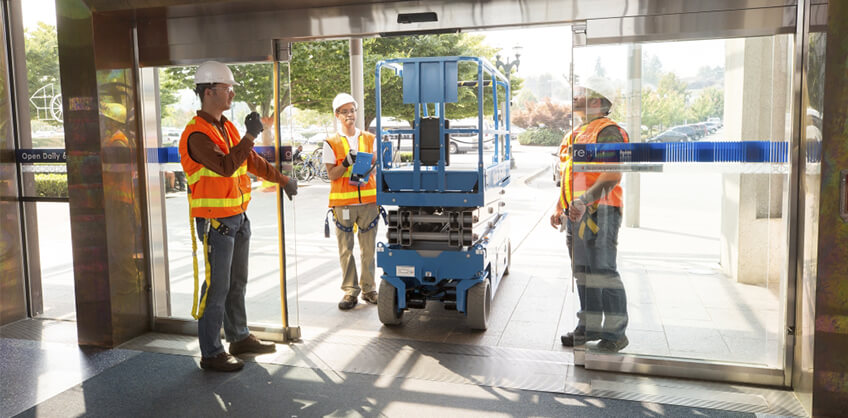Manually Propelled vs. Self-Propelled MEWPs
by Michael Flanagan - Product Manager On Sep 26, 2019, 03:00 AM
Subscribe To Aerial Pros
Filter by tags
Mobile elevating work platforms, or MEWPs, come in a variety of sizes and options. Choosing the right one for your jobsite isn’t as easy as knowing what height you need to lift to. You also need to consider how your MEWP is powered. A unit’s emissions, noise levels and engine type also need to be factored in the choice when selecting whether you need a manually propelled versus a self-propelled MEWP.
Manually Propelled MEWPs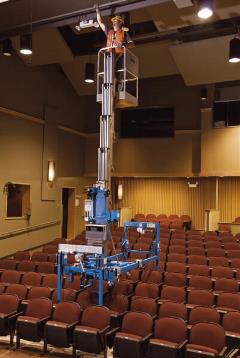
Manually propelled MEWPs must be physically pushed or pulled to relocate. These products are elevated by electric power and often known as an aerial work platform (AWP, an aluminium lift, a manlift, a personnel lift or a push-around.
Applications best suited are work at height tasks in a single location. Manually propelled products tend to be both economical and easy to transport. For example, the ability to stow one of these units in a truck-bed could also save on delivery charges from the rental store or add flexibility for equipment owners with multiple facilities.
Manually propelled MEWPs offer a similar work height to many powered lifts, as well as comparably low floor load for sensitive surfaces such as gymnasiums, theaters and stages. They also offer similar degrees of compact maneuverability for congested jobsites, single or double door access and emission-free elevation.
Self-Propelled MEWPs
Self-propelled MEWPs are equipped with drive systems that allow the machine to be driven to the work area, such as a scissor lift. For larger applications, the ability to cover ground to quickly rotate between worksites makes self-propelled MEWPs a more productive solution. Especially where operators travel significant distances or make frequent trips. The gradeability (the ability to drive up slopes) and terrainability (the ability to travel over rough terrain) also help make self-propelled MEWPs high performers in construction projects.
Other needs requiring self-propelled MEWPs are the capacity and deck to carry multiple workers, their tools and materials to height. For example, scissor lifts offer up to 1,200- to 2,500-lb platform capacity with up to 21 ft of workspace.
At a Glance
To compare more features and benefits for your application, here is a quick, at-a-glance reference chart to help you best understand which model is right for your jobsite:
|
|
Manually-Propelled |
Self-Propelled |
||
|
Aerial / Industrial Work Platform |
Vertical Mast |
Scissor |
Boom |
|
|
Power Source |
Electric |
Electric |
Diesel/ Electric/ Hybrid Options |
Diesel/ Electric/ Hybrid Options |
|
Total Lift Capacity |
Up to 350 lb |
Up to 500 lb |
1,200 – 2500 lb |
500 – 1,250 lb |
|
Vertical Lift (Platform Height) |
Up to 40 ft |
Up to 20 ft |
Up to 53 ft |
Up to 180 ft |
|
Up-and-Over Obstacles |
N/A |
N/A |
N/A |
Up to 75 ft 6 in |
|
Floor Loading (Weight) |
677 lb - 1,430 lb |
1,580-2,450 lb |
2,575 lb - 16,567 lb |
8,080 lb - 46,500 lb |
|
Access Width (Stowed) |
2 ft 5 in – 3 ft 4 in |
2 ft 5.5 in - 2 ft 7.5 in |
30 – 90 in |
3 ft 11 in – 8 ft 2 in |
|
Slope Climbing (Gradeability) |
N/A Power Assist Option |
30% |
25 – 50% |
30 – 45% |
|
Genie Product Examples |
AWP™ & IWP™ Series |
GR™ Series |
GS™ Series |
S™ and Z™ Series |
Related Posts
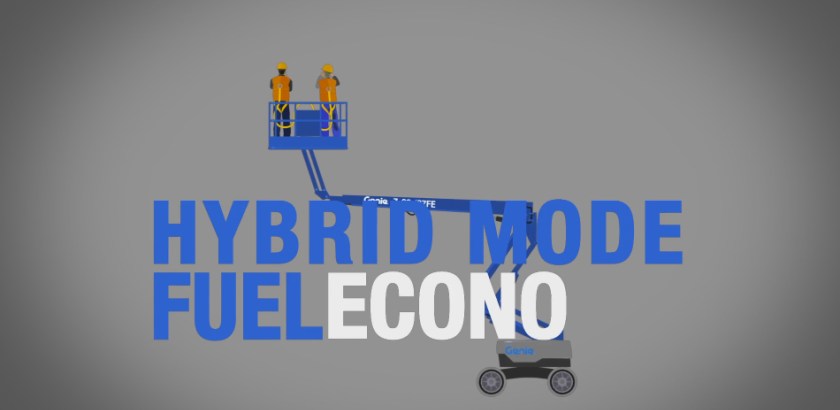
Genie Hybrid System
With the Genie Z-60/37FE boom, equipped with a Fuel Electric Hybrid System, we give our customers the opportunity to choose either from a full electric machine or a diesel powered machine, environmental consciousness with lower cost of operation.
Continue Reading
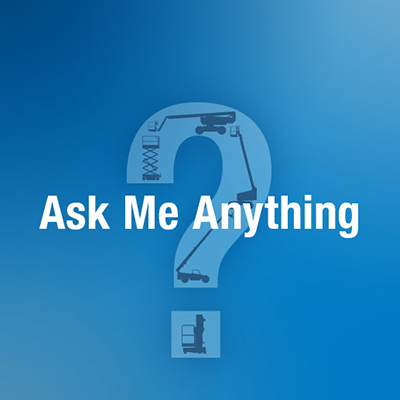
Genie Hybrid Technology | Ask Me Anything May 22nd – 26th
A huge thank you to everyone that participated in this Genie Hybrid Technology | Ask Me Anything with the Genie Team!
Continue Reading
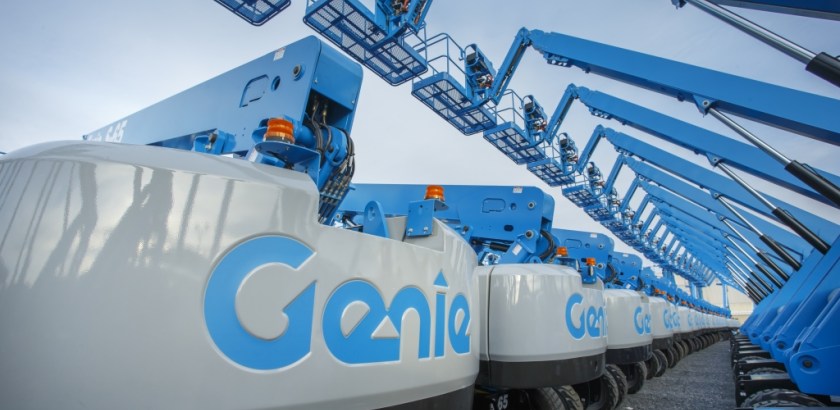
What MEWP Should You Choose?
Choosing the right mobile elevated work platform, or MEWP, for your jobsite needs might seem simple enough — but, have you thought it all through?
Continue Reading


